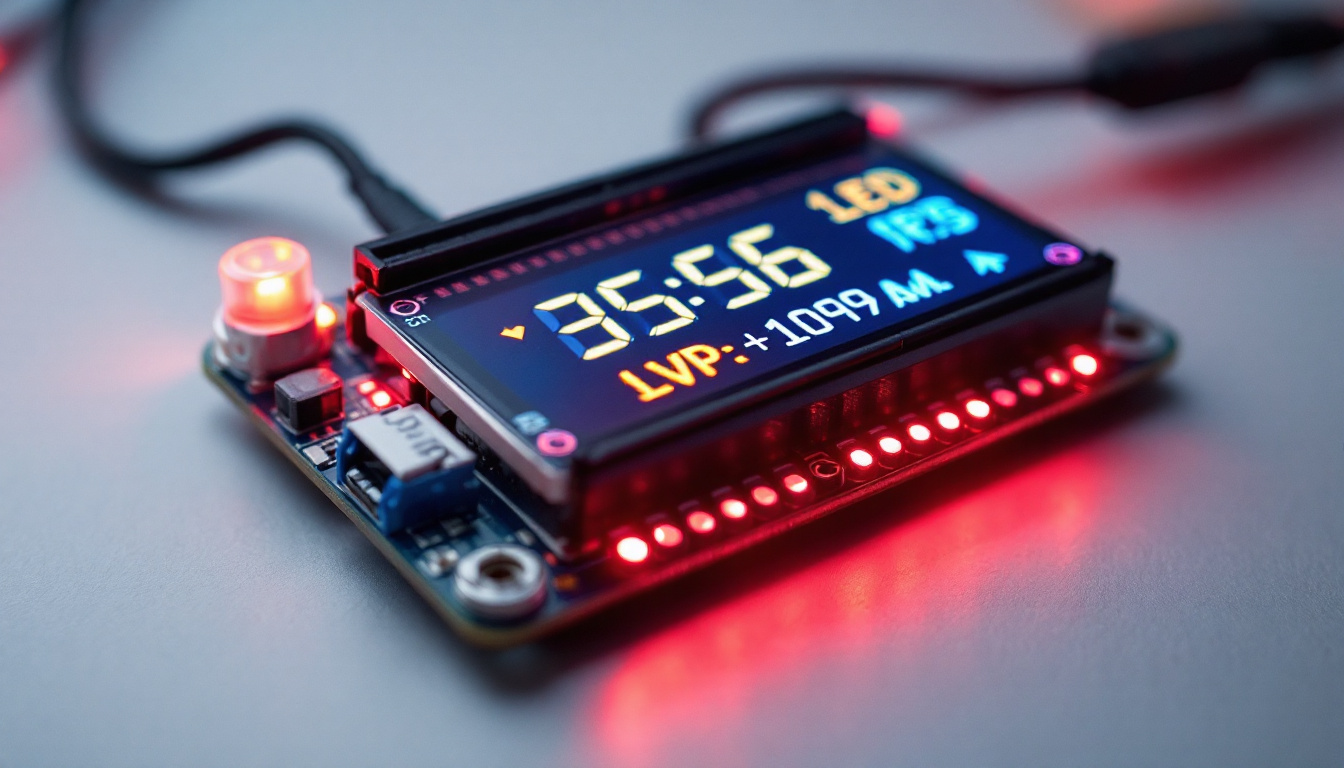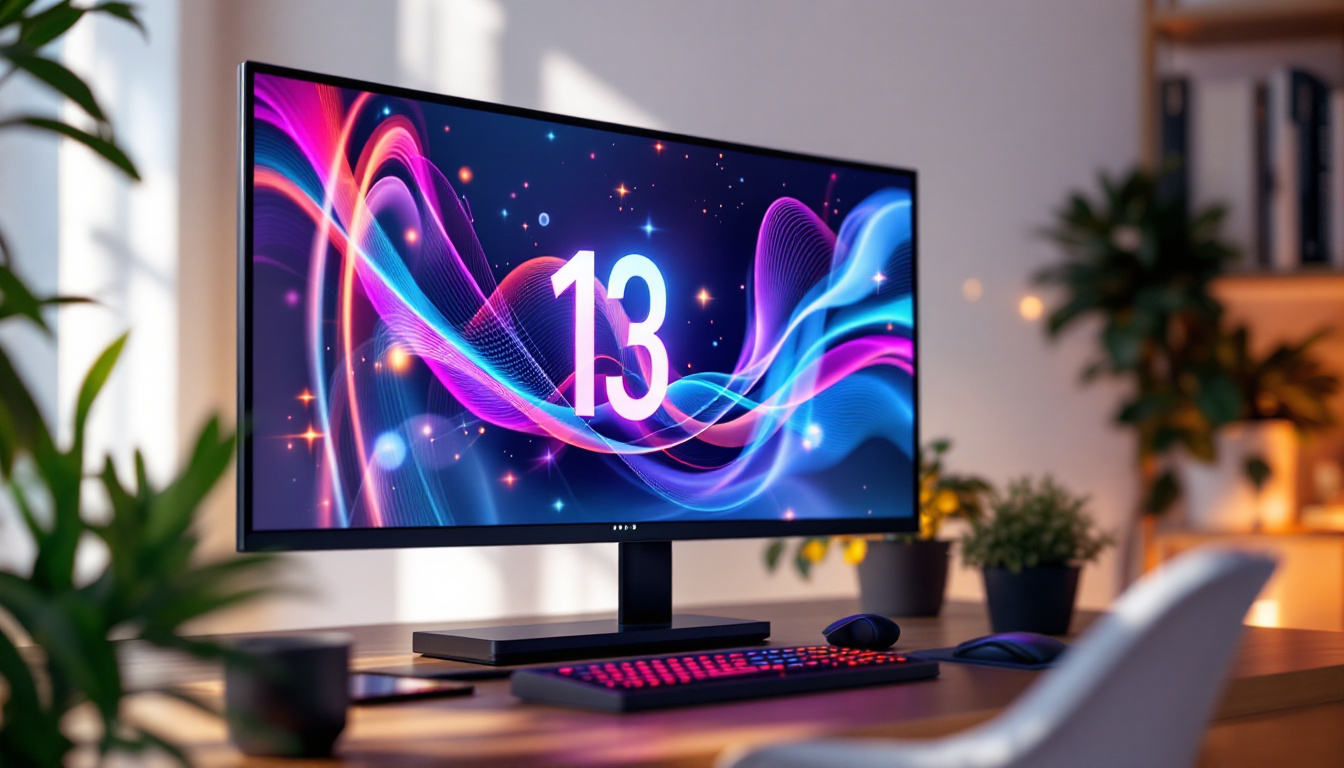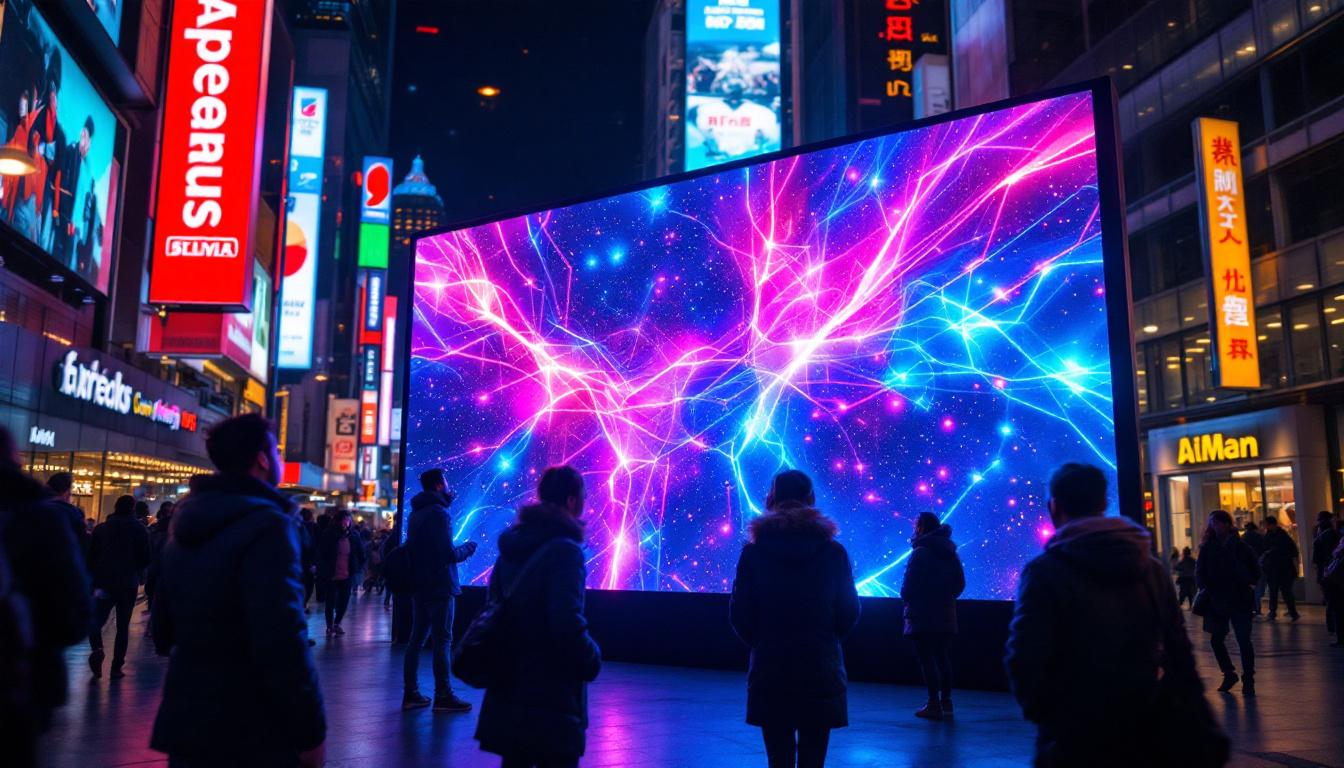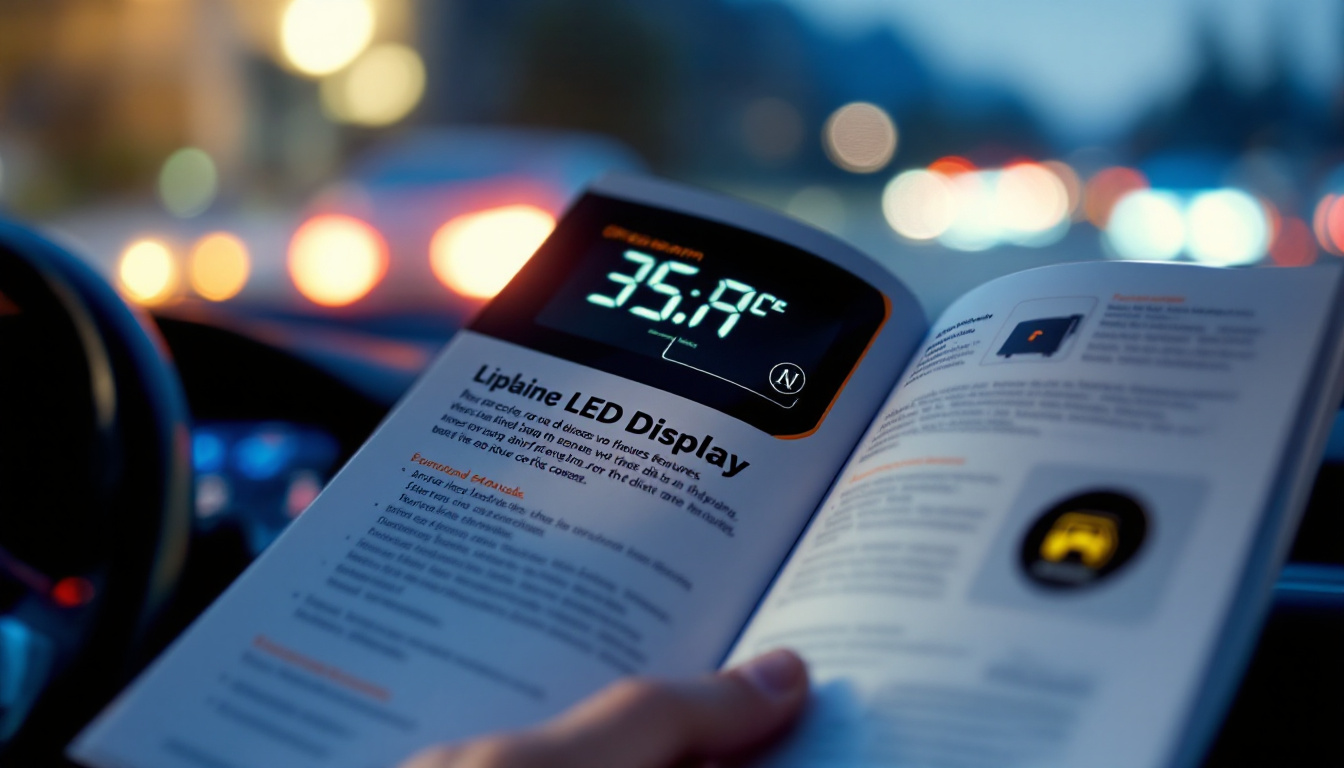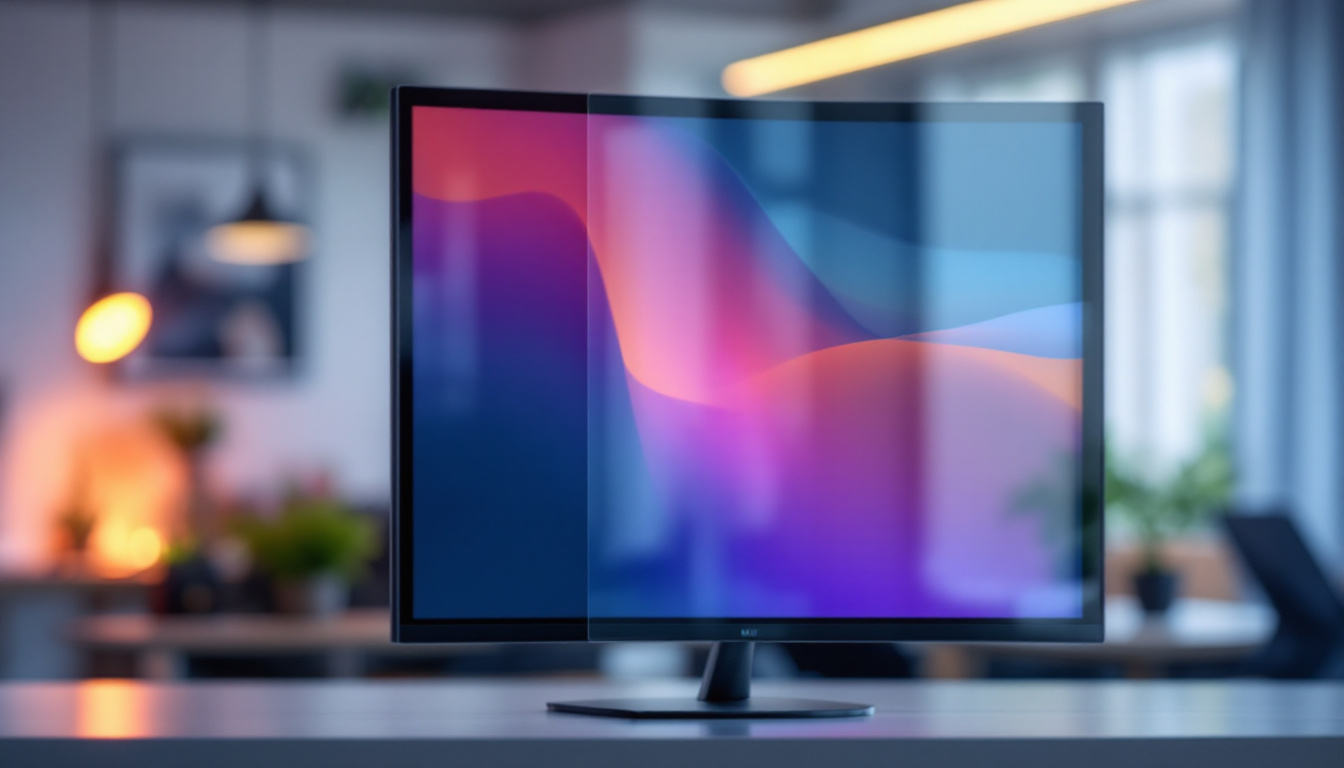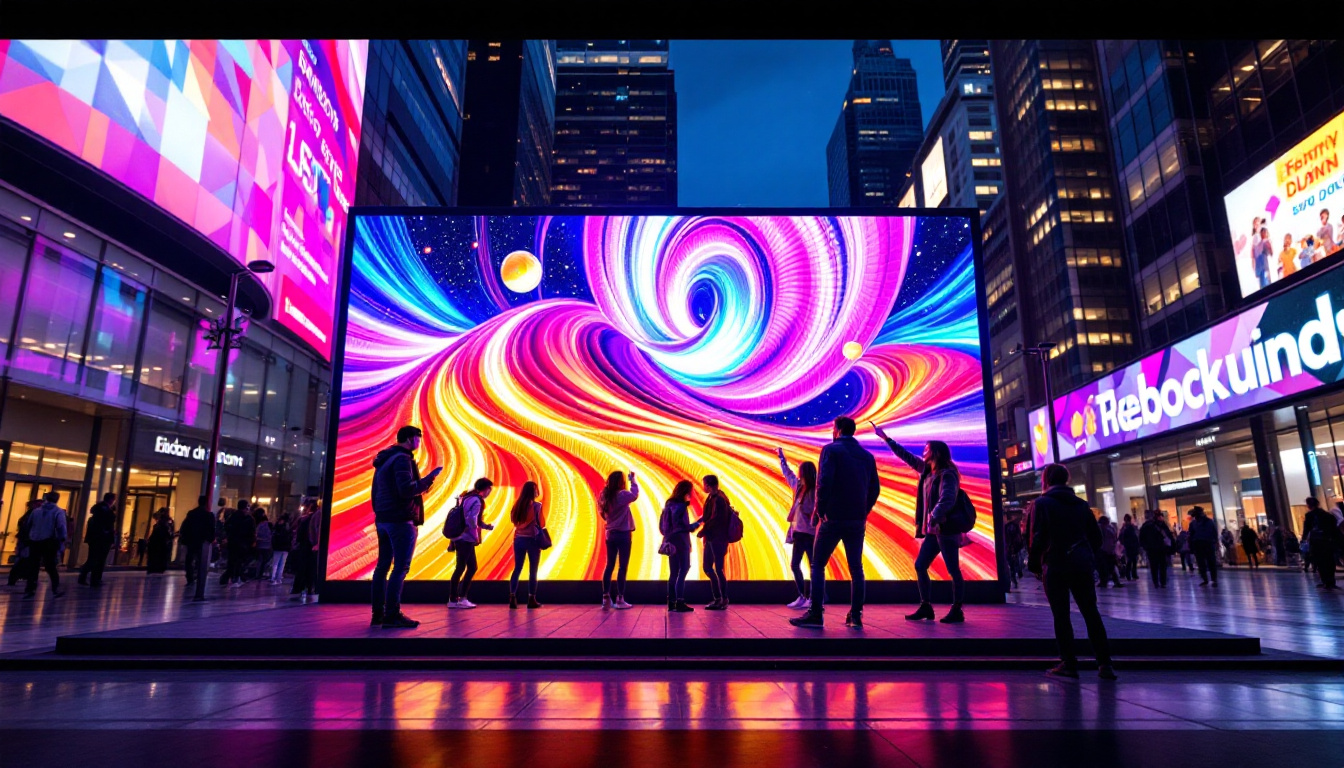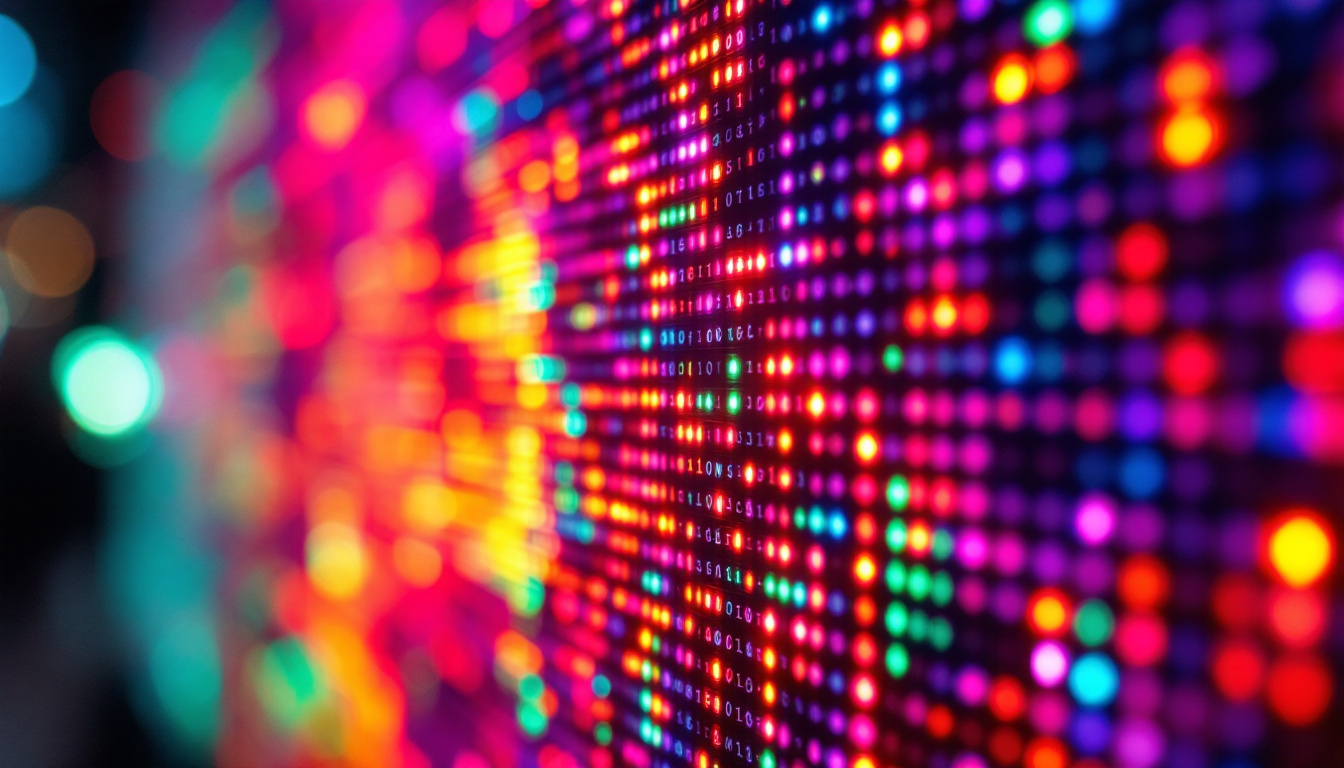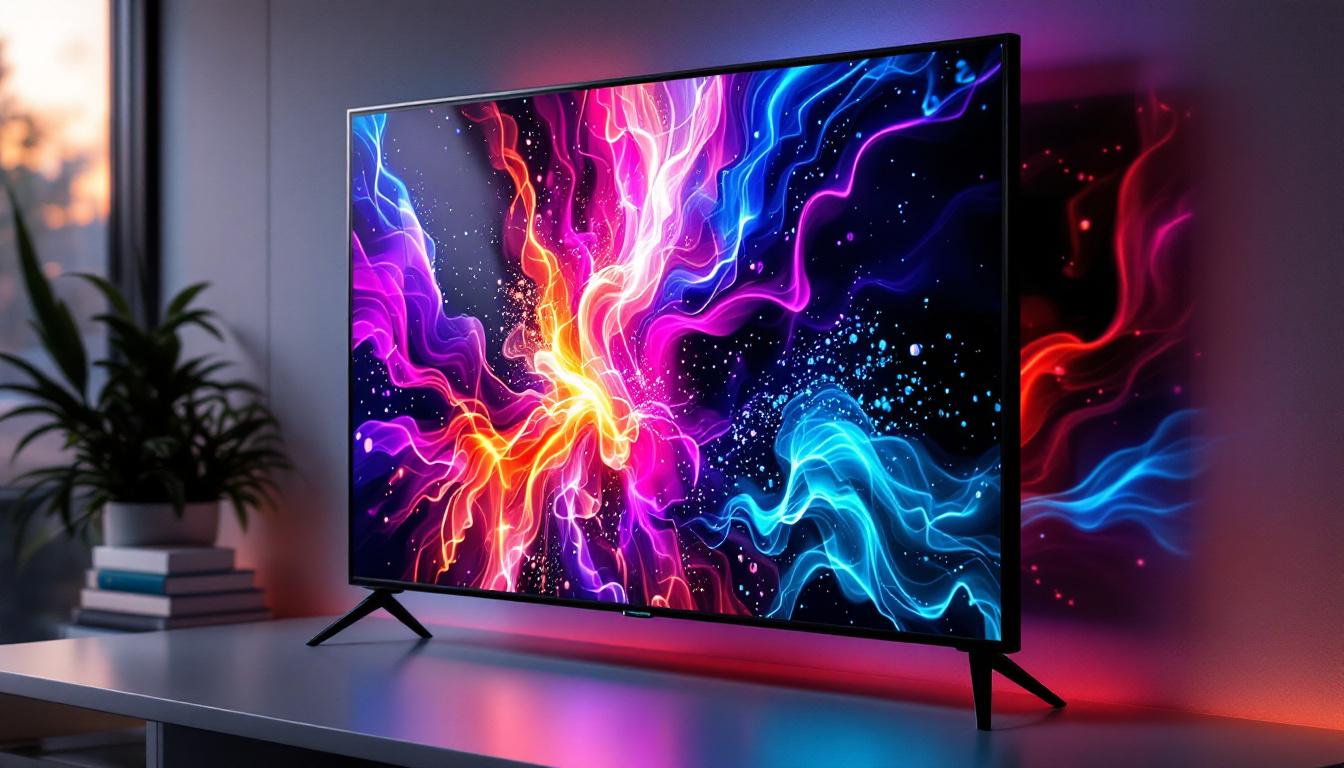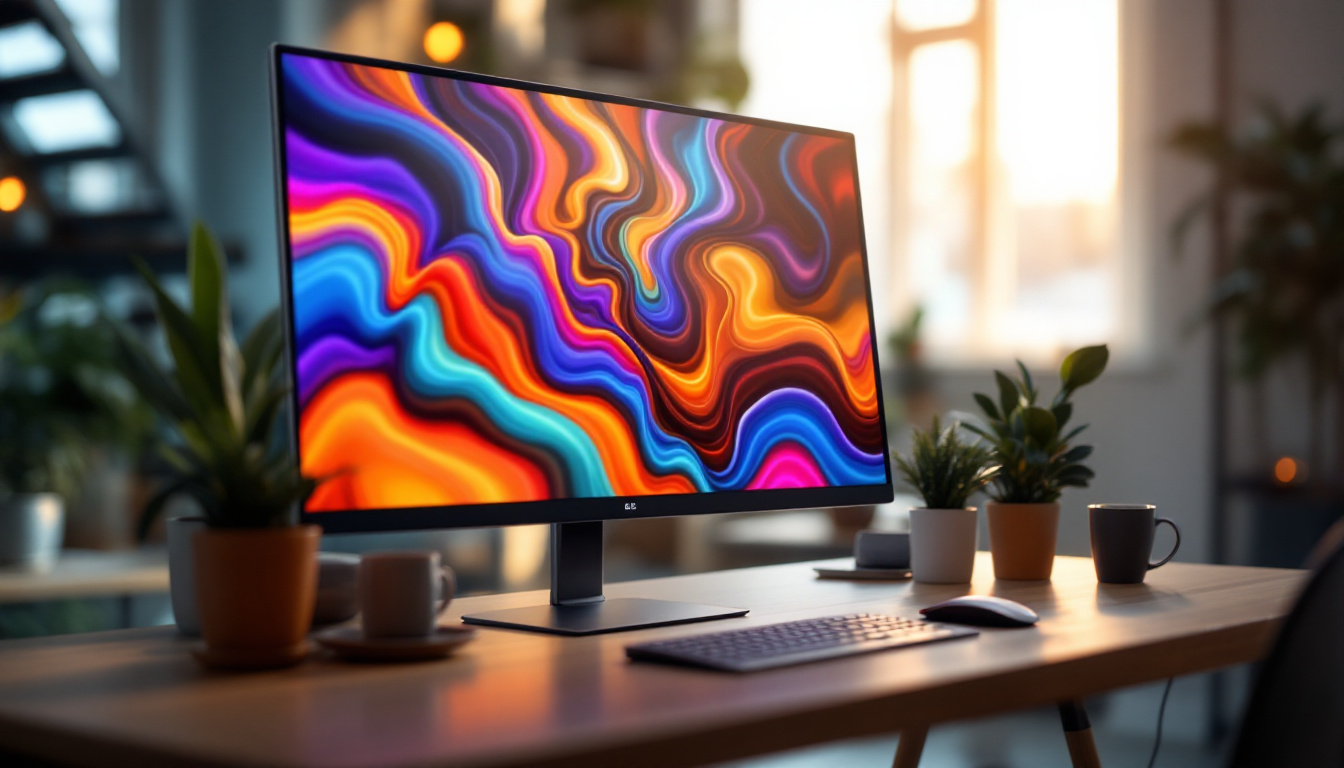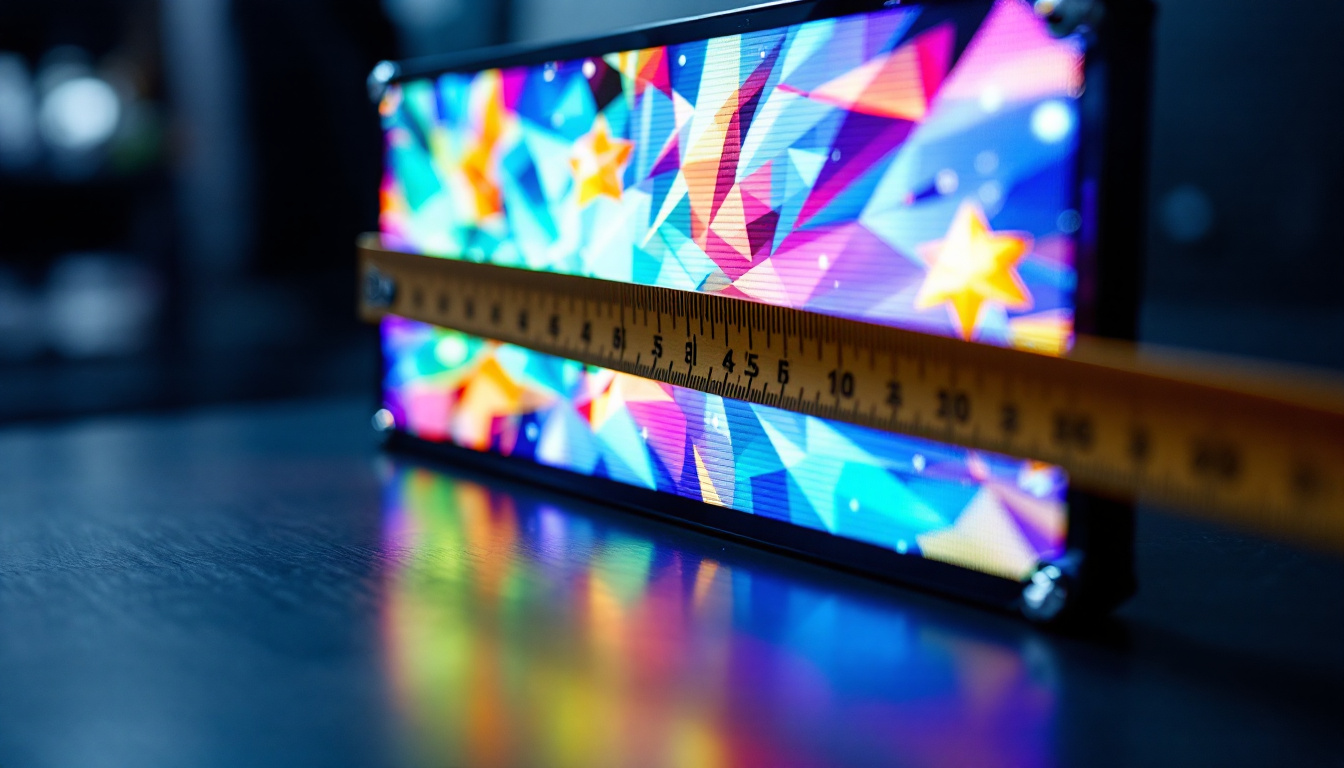In the realm of modern technology, the integration of LCD (Liquid Crystal Display) and LED (Light Emitting Diode) technologies has revolutionized the way we perceive visual information. At the heart of this transformation lies the LCD controller board, a crucial component that orchestrates the communication between the display and the source of the visual content. This article delves into the intricacies of LCD controller boards, exploring their functionality, types, and their role in the broader context of LED displays.
Understanding LCD Technology
Before diving into the specifics of LCD controller boards, it is essential to grasp the fundamental principles of LCD technology. LCDs utilize liquid crystals to modulate light and create images. Unlike traditional cathode ray tube (CRT) displays, LCDs are thinner, lighter, and more energy-efficient, making them the preferred choice for modern screens.
The Basics of Liquid Crystals
Liquid crystals are substances that exhibit properties between those of liquids and solid crystals. In an LCD, these liquid crystals are sandwiched between two layers of glass or plastic. When an electric current is applied, the orientation of the liquid crystals changes, allowing varying amounts of light to pass through. This modulation of light creates the images we see on the screen.
One of the key advantages of LCD technology is its ability to produce sharp images with high resolution. This is particularly important in applications ranging from televisions and computer monitors to smartphones and tablets. The clarity and detail provided by LCDs have made them indispensable in various fields, including medical imaging, where precise visuals can be critical for diagnosis and treatment planning.
How LED Enhances LCD Displays
While LCDs are capable of producing high-quality images, they require a backlight to illuminate the display. This is where LED technology comes into play. LED backlighting provides a more efficient and brighter light source compared to traditional fluorescent backlighting. Furthermore, LED backlighting allows for better contrast ratios and color accuracy, enhancing the overall viewing experience.
There are two primary types of LED backlighting used in LCDs: edge-lit and direct-lit. Edge-lit LED displays have LEDs positioned along the edges of the screen, while direct-lit displays feature a grid of LEDs behind the panel. Each method has its advantages and is chosen based on the desired display characteristics. For instance, edge-lit displays are typically thinner and lighter, making them ideal for sleek designs, while direct-lit displays can offer superior uniformity and brightness across the entire screen, which is particularly beneficial for larger displays.
Moreover, advancements in LED technology have led to the development of local dimming features in direct-lit LCDs. This innovation allows specific areas of the backlight to be dimmed or turned off completely, resulting in deeper blacks and improved contrast in dark scenes. This capability not only enhances the viewing experience for movies and games but also contributes to energy savings, as less power is consumed when the backlight is reduced in certain areas. As the demand for high-quality displays continues to grow, the integration of LED technology with LCDs remains a focal point for manufacturers aiming to push the boundaries of visual performance.
The Role of the LCD Controller Board
The LCD controller board is the brain behind the operation of an LCD display. It serves as the interface between the display panel and the video source, converting digital signals into the analog signals required to control the liquid crystals. This process is crucial for rendering images accurately and efficiently.
Key Functions of the LCD Controller Board
At its core, the LCD controller board performs several critical functions. First and foremost, it receives input signals from various sources, such as computers, gaming consoles, or media players. These signals are typically in digital format, which the controller board must convert into a format that the LCD panel can understand.
Additionally, the controller board manages the timing of the signals, ensuring that the liquid crystals are activated in a precise sequence. This timing is essential for preventing image artifacts and ensuring smooth motion on the screen. Furthermore, the controller board may also handle features such as brightness and contrast adjustments, color calibration, and even touch input in interactive displays.
Types of LCD Controller Boards
LCD controller boards come in various types, each designed for specific applications and display technologies. Some of the most common types include:
- TTL Controller Boards: These boards are designed for small to medium-sized displays and typically support resolutions up to 1920×1080. They are often used in applications such as portable devices and small monitors.
- LVDS Controller Boards: Low-Voltage Differential Signaling (LVDS) boards are used for larger displays and support higher resolutions. They are commonly found in televisions and larger computer monitors.
- MIPI DSI Controller Boards: The Mobile Industry Processor Interface (MIPI) Display Serial Interface (DSI) is used primarily in smartphones and tablets. These boards are optimized for low power consumption and high performance.
Connecting the Dots: How LCD Controller Boards Work
The operation of an LCD controller board can be broken down into several key steps, each of which plays a vital role in the overall functionality of the display.
Signal Reception
The first step in the process is signal reception. The LCD controller board receives input signals from various sources, such as HDMI, VGA, or DisplayPort. These signals contain the visual information that needs to be displayed on the screen.
Once the signals are received, the controller board decodes the information, determining the color and intensity of each pixel on the display. This decoding process is essential for ensuring that the images rendered on the screen are accurate and vibrant.
Signal Conversion
After decoding the signals, the controller board converts the digital signals into analog signals. This conversion is necessary because the liquid crystals in the LCD panel require analog signals to function properly. The controller board uses a digital-to-analog converter (DAC) to perform this task, ensuring that the signals are compatible with the display technology.
Timing Control
Timing control is another critical function of the LCD controller board. The board generates timing signals that dictate when each pixel on the display should be activated. This precise timing is essential for creating smooth images and preventing issues such as ghosting or tearing.
In addition to timing control, the controller board may also manage other display settings, such as brightness, contrast, and color calibration. These adjustments are crucial for optimizing the viewing experience and ensuring that colors are rendered accurately.
Applications of LCD Controller Boards
LCD controller boards are used in a wide range of applications, reflecting the versatility and importance of this technology in modern displays.
Consumer Electronics
One of the most common applications of LCD controller boards is in consumer electronics. From televisions to computer monitors, these boards are essential for delivering high-quality visuals. They enable features such as high-definition resolutions, vibrant colors, and fast refresh rates, enhancing the overall viewing experience.
In smartphones and tablets, LCD controller boards play a crucial role in delivering responsive touch interfaces and high-resolution displays. As mobile devices continue to evolve, the demand for advanced controller boards that can handle complex graphics and user interactions is on the rise.
Industrial Applications
Beyond consumer electronics, LCD controller boards are also utilized in industrial applications. They are commonly found in medical devices, automotive displays, and industrial control panels. In these settings, the reliability and performance of the controller board are paramount, as they often operate in demanding environments.
For instance, in medical imaging equipment, the accuracy and clarity of the display can significantly impact diagnostic capabilities. Therefore, high-quality LCD controller boards are essential for ensuring that medical professionals can make informed decisions based on the visual information presented.
Advertising and Signage
LCD controller boards are increasingly used in digital signage and advertising displays. These boards enable dynamic content updates, allowing businesses to showcase promotions, announcements, and advertisements in real-time. The ability to change content quickly and efficiently is a significant advantage in the fast-paced world of marketing.
Moreover, advancements in LCD technology, combined with powerful controller boards, have led to the development of large-scale video walls and interactive displays. These applications are becoming increasingly popular in retail environments, airports, and public spaces, providing engaging visual experiences for audiences.
Future Trends in LCD Controller Technology
The landscape of LCD controller technology is continuously evolving, driven by advancements in display technology and changing consumer demands. Several trends are shaping the future of LCD controller boards.
Increased Resolution and Refresh Rates
As display resolutions continue to rise, with 4K and even 8K displays becoming more common, the demand for advanced LCD controller boards that can handle these high resolutions is increasing. Higher refresh rates are also becoming a standard expectation, particularly in gaming and professional applications. This trend necessitates the development of more powerful and efficient controller boards capable of delivering seamless performance.
Integration with Smart Technologies
With the rise of smart devices and the Internet of Things (IoT), LCD controller boards are increasingly being integrated with smart technologies. This integration allows for features such as remote control, content streaming, and real-time data display. As smart technology continues to advance, the role of LCD controller boards will evolve to meet the demands of interconnected devices.
Energy Efficiency and Sustainability
As environmental concerns grow, there is a push for more energy-efficient technologies across all sectors, including display technology. Future LCD controller boards are likely to focus on reducing power consumption while maintaining high performance. This shift not only benefits the environment but also enhances the longevity of the devices.
Conclusion
The LCD controller board is a vital component in the world of modern displays, serving as the bridge between digital content and visual representation. Its role in managing signals, timing, and display settings ensures that users enjoy high-quality visuals across a wide range of applications.
As technology continues to advance, the importance of LCD controller boards will only grow. From consumer electronics to industrial applications, these boards will remain at the forefront of display innovation, shaping how we interact with visual information in our daily lives.
Understanding the intricacies of LCD controller boards not only highlights their significance in current technology but also underscores the potential for future advancements that will further enhance our visual experiences.
Discover LumenMatrix’s Advanced LED Display Solutions
As you’ve explored the essential role of LCD controller boards in modern display technology, it’s clear that the future of visual communication is bright and full of potential. Embrace this future with LumenMatrix, a pioneer in LED display innovation. Our comprehensive range of LED display modules—from Indoor and Outdoor LED Walls to specialized solutions like Vehicle Displays and Transparent LED Displays—is designed to captivate and engage your audience. Experience the pinnacle of clarity, vibrancy, and dynamic performance with our LED solutions. Check out LumenMatrix LED Display Solutions today and transform your visual storytelling into an unforgettable experience.

